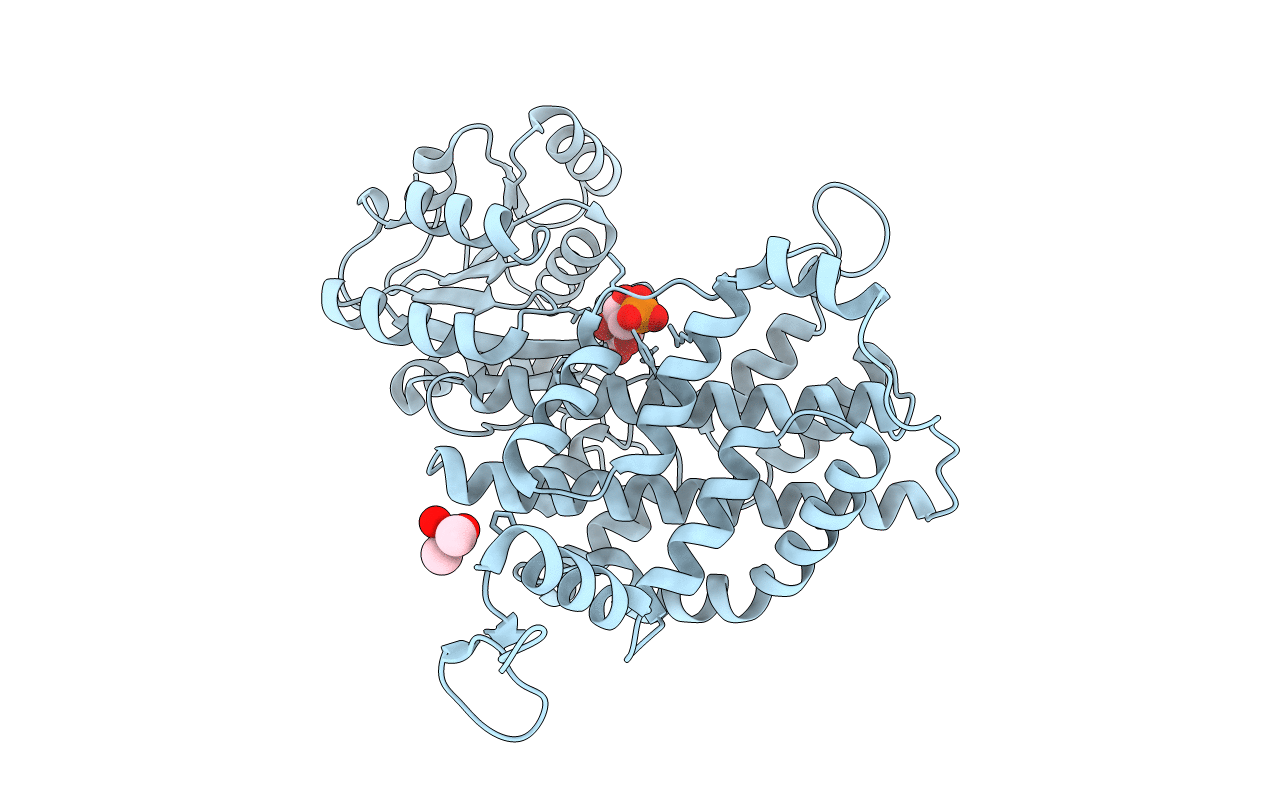
Deposition Date
2006-07-21
Release Date
2007-01-23
Last Version Date
2023-12-13
Entry Detail
PDB ID:
2IYO
Keywords:
Title:
Structural characterization of a bacterial 6PDH reveals aspects of specificity, mechanism and mode of inhibition
Biological Source:
Source Organism:
LACTOCOCCUS LACTIS (Taxon ID: 1358)
Host Organism:
Method Details:
Experimental Method:
Resolution:
2.40 Å
R-Value Free:
0.22
R-Value Work:
0.15
R-Value Observed:
0.16
Space Group:
P 32 1 2


